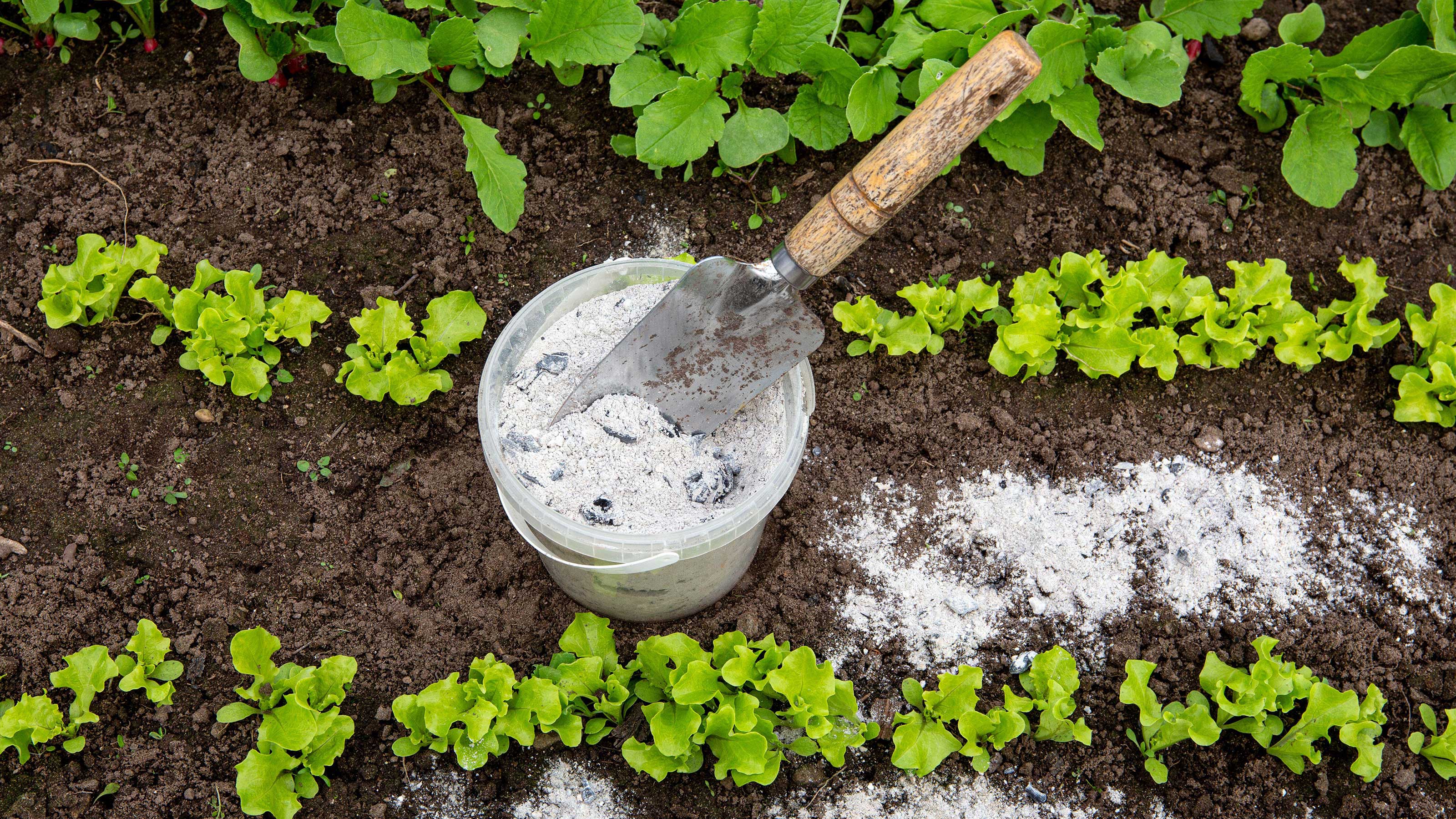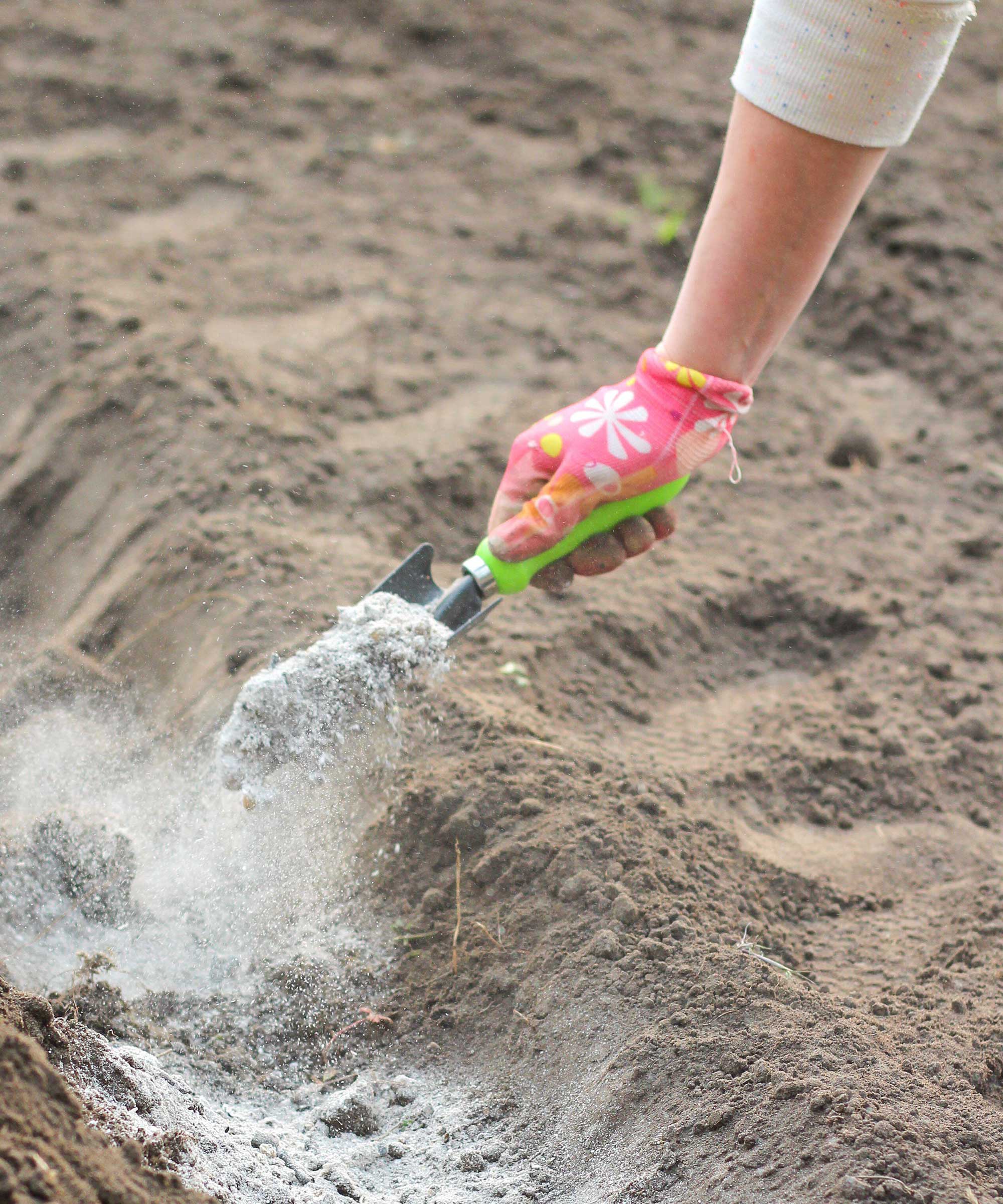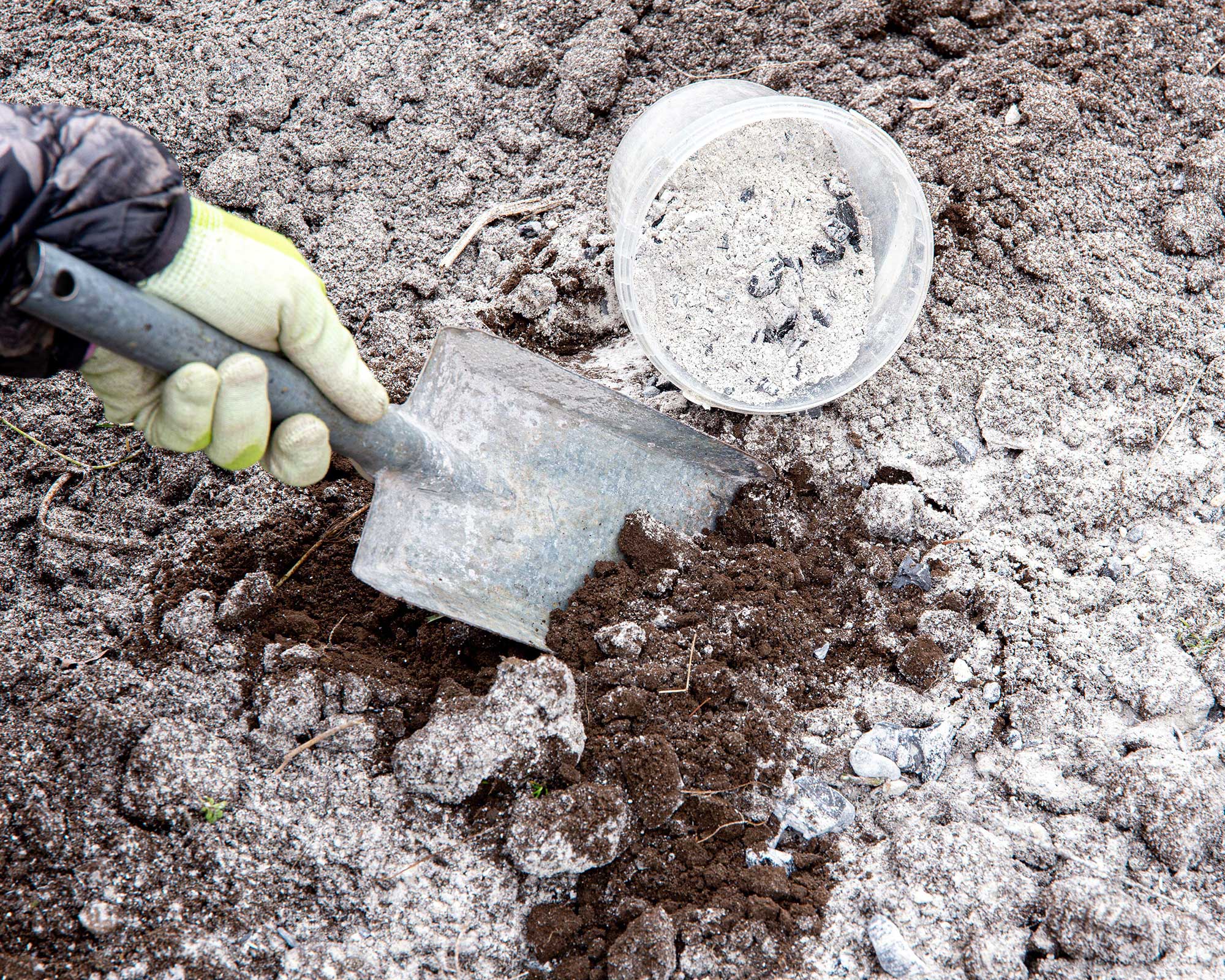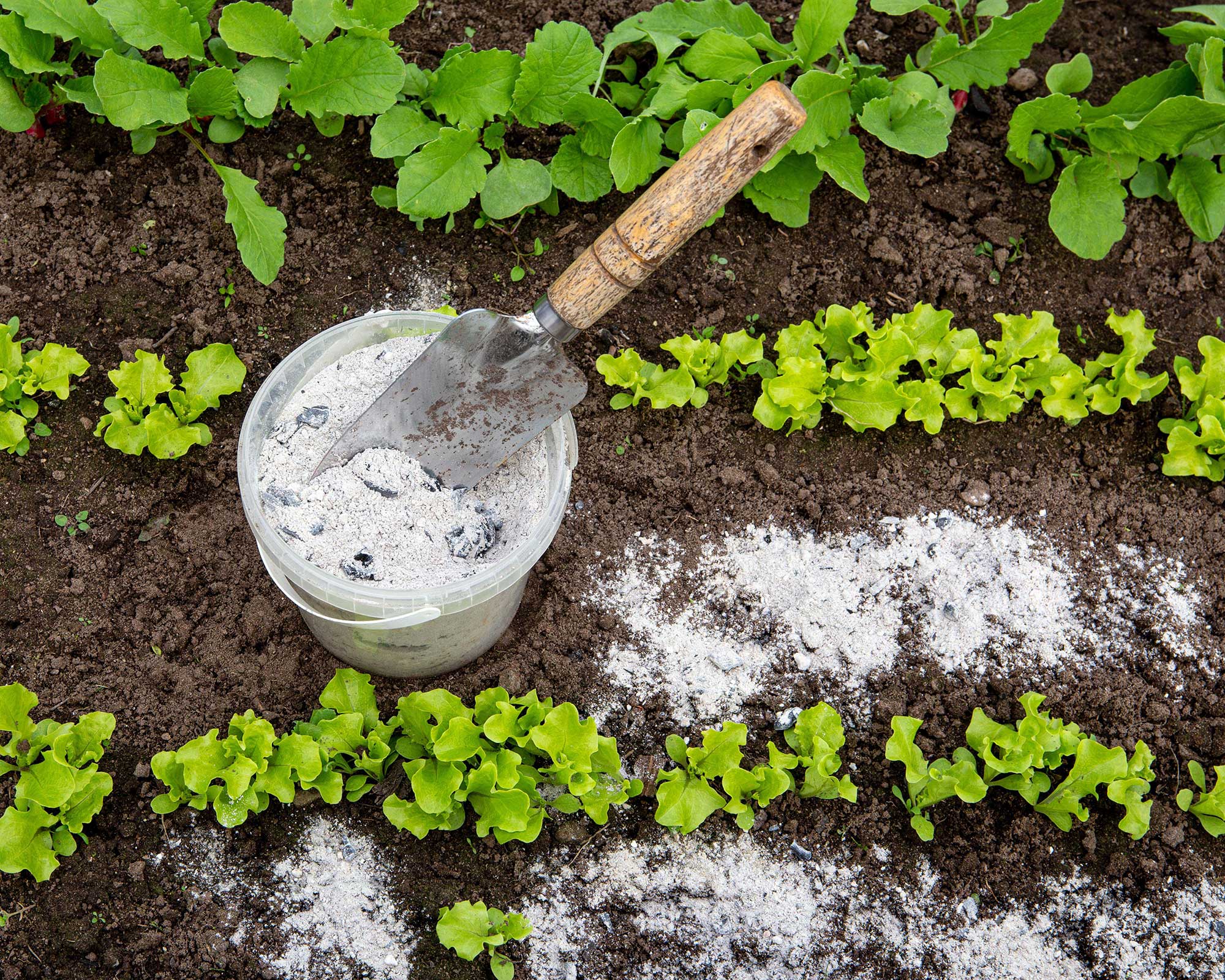Using ash in the garden: 3 ways to use this budget-friendly material for healthier plants
If you've got a fire pit or woodburner, try using ash in the garden – there are plenty of benefits


Have you heard about using ash in the garden? It might sound surprising, but trust us – it's definitely worth trying.
Once cool, that leftover debris from your chiminea, fire bowl, or other wood-fuelled fire pit is a handy and budget-friendly material that can be added to your flower beds. And there are multiple benefits in doing so – from fertilizing plants to keeping off pests.
So next time you have a fire, don't dispose of the wood ash – put it to good use instead and you'll be rewarded with happier, healthier plants. We explain all you need to know. But before you begin, do note that using coal ash in the garden is a no-go, as it can contain harmful chemicals and heavy metals.

3 methods for using ash in the garden
Investing in one of the best fire pits will keep everyone cozy and up the ambiance of your plot. And with these tips, your plants can reap the benefits once the flames have gone out.
1. Using wood ash as a fertilizer
If you've read our guide on how to make fertilizer, you'll know that wood ash is one of the quickest and easiest approaches.
As John Negus, a gardening expert from Amateur Gardening magazine explains, it can have a potash content of 4–15%, which helps fruit ripen and improves plants' resistance to diseases and adverse conditions. It can also include small amounts of phosphate, iron, magnesium, and manganese, he adds.
Plus, it is rich in calcium, which benefits clematis and other lime-loving plants, such as helianthemums and verbascums.
It can be used either fresh (but make sure it's cold) or stored in dry conditions before use. 'For scattering onto soil, use wood ash at a rate of 60g per square meter (2oz per square yard),' he advises.
However, don't overdo it. 'Apply only once a year as wood ash can very quickly raise the pH of the soil.'

2. Using wood ash to improve soil structure
In terms of the different soil types, clay is arguably the trickiest to work with. But using ash in the garden is a good way to improve its dense and heavy structure.
'Its calcium content will help to break up the clay and make it warmer and easier to work,' says John.
'Simply scatter it over the surface at 1lb (0.5kg) per square meter,' advises the Amateur Gardening experts. When you go to dig it, perhaps to put some new flower bed ideas into action, you should notice the difference.

3. Using wood ash to deter slugs and snails
The Amateur Gardening experts also reveal that you can use wood ash to get rid of slugs and snails.
This trick is simple – just sprinkle a narrow ring of ash around your precious plants to deter the pests. It's a great alternative to pesticides, and much more suitable for organic gardening.

How should you store wood ash to use on the garden?
The potassium in wood ash is quickly leached out by rain, so it's important to store it under cover so it stays completely dry until you wish to use it. A non-flammable, metal container with a lid is best.
What plants should you not add wood ash to?
John Negus says to keep wood ash away from heathers, rhododendrons, and other ericaceous (lime-hating) plants. This is because it has an alkaline end reaction, which will be detrimental to their growth.
The RHS adds that using ash in the garden should be avoided in areas where you plan to grow potatoes. The alkalinity can encourage potato scab, a fungal disease that causes dark, scabby marks on the tubers.

When is the best time of year to use wood ash in the garden?
If you plan on using wood ash in the garden to give your soil a boost, it's best to wait until winter.
As the RHS explains, this is because it will give the compounds within the ash – which could burn your plants – to react with the damp soil and become harmless before you sow or add new plants in spring.

The garden was always a big part of Holly's life growing up, as was the surrounding New Forest where she lived. Her appreciation for the great outdoors has only grown since then. She's been an allotment keeper, a professional gardener, and a botanical illustrator – plants are her passion.
